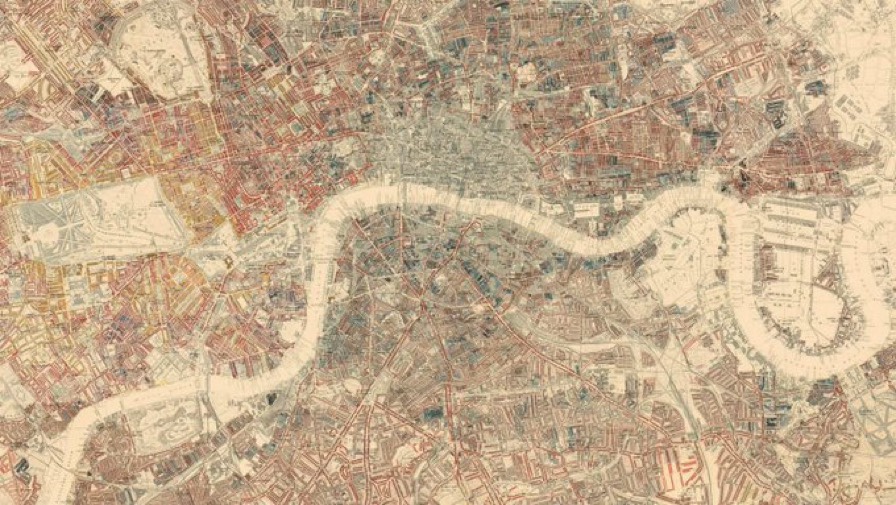London’s most profitable postcodes for new-build developers

The latest market analysis by Unlatch, the new homes sales progression and aftercare platform for developers and housebuilders, reveals where London’s new-build premium hotspots are and where, therefore, housebuilders stand to make the most profitable investments.
In the UK, the average new-build house sells for a price of £261 per square foot. This is 11% higher than the average price for an existing home which is £236 per square foot.
In London, however, there are opportunities for new-build developers to get an even bigger bang for their buck, not least because of the vastly higher average asking price for homes.
In London’s SW3 postcode area – covering Chelsea – the average existing home costs £1,690 per sq ft. Meanwhile, the average new-build costs £2,988, an extraordinary premium of 77%.
In W8 – Kensington – the average existing home costs £1,555 per sq ft while the average new-build is 75% more expensive at £2,714.
In NW8 – around the St. John’s Wood area – existing homes cost £1,093 per sq ft while new-builds command a price of £1,876; a premium of 72%.
Significant new-build premiums are also available in W14 (66%), E1 (63%), W12 (59%), SE18 (56%), WC2 (55%), RM1 (50%), and RM7 (48%).
All in all, there are 96 London postcode areas where new-build developers can command a bigger premium than the UK’s average of 11%.
Lee Martin, Head of UK for Unlatch says:
“The new-build premiums available in London are extraordinary. It’s Britain’s most truly global city and a desirable buying location for monied people from all corners of the world.
The city also has a shortage of space and a need for new homes. As such, building vertically is the only real option.
This, of course, suits new-build developers nicely who, when they choose their urban locations correctly, can benefit from the massive premiums that buyers are willing to pay for quality, well-located homes.
It is also worth noting that the existing homes statistics are taken across the board and include both houses and apartments, whilst the new build figures are predominantly apartments which take up less square footage. Therefore, by rule of thumb, the smaller the property, the higher the £psf.”




